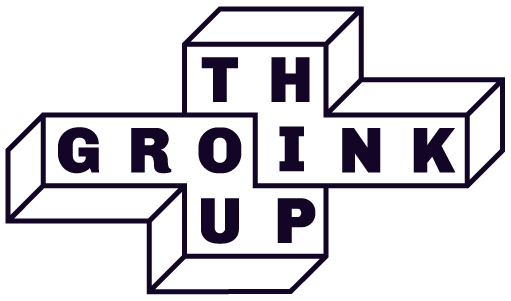How to get better at creative briefings
Creating briefings can be… tricky. Loads of strategists ask us about them. From more junior to more senior.
We believe that a good creative briefing goes beyond the one-page document itself.
It starts with the relationship with the creatives. It goes beyond the briefing session. It’s an ongoing thing.
So let’s get to it. Here’s a few tips on how you can upgrade your creative briefing skills!
1. As you go along
Know what interests them. Bond over stuff that goes way beyond advertising.
If possible, have time to speak to them over a beer, or a video call. Ask them things like:
“What do you think makes a good creative briefing?”
“What’s one of the worst briefings you’ve received?”
“What do you expect from strategy, and strategists?”
You’d be surprised with how honest people might get!
Also have a chat with the people who know your creatives best.
The creative director, the creative producers, the head of planning.
Basically the people who you want in your corner.
To discuss briefs openly, to create a safe space for discussion.
That’s the overall relational stuff. It’s one of the most overlooked parts of the process.
Now let’s get to the different parts of the process…
2. Before the briefing session
Share your thinking with the Creative Director, and the teams, before the session.
See how they react to it. Ask for input. It’s all good stuff, you’re building together.
And, crucially, you’re getting people’s buy-in from the beginning. This is important.
Try and tease people around the opportunity. You have a chance to elevate the excitement around it.
When possible, involve account managers in the process. Ensure everyone buys into the thinking. Move as one team.
If there’s time, get creatives to try or test the product. This is another hugely overlooked part of the process.
3. During the briefing session
Don’t share the brief. Try to build a presentation, a story around it. Unless you’re a killer at telling a story without support!
Share your own excitement. Use funny images, gifs, stuff people relate to. Smile as you present. This is meant to be fun.
(Though, of course, this depends on the task at hand. If it’s a suicide hotline… go easy on those jokes.)
Get them under the skin of the problem. Explain how you got to where you are. Get them to feel they’re ‘owning’ it too.
Be really clear on what the product is, and what the creative proposition is. What’s the thing you want them to remember?
Turn it into a conversation. This is meant to be informal. Give them space to share their early thoughts.
Establish clear creative criteria. What are the things the idea needs to do to fulfil the strategy?
Don’t leave the room/call without reminding them the brief in a nutshell is!
4. After the briefing session
See if creatives want to do proactive check-ins. No need to make a big thing out of it, but sometimes it helps!
Ask them to give you feedback. On the project. The brief. The strategy.
If they’re not satisfied with your brief, compensate. Follow up, readjust, make it simpler.
Don’t be afraid to admit when you were wrong, or made a mistake. What matters is that everyone’s clear on what to do.
And that should get you started! It’s not rocket science, but in the daily work pressures we sometimes forget this stuff.
But not you. You’re a total legend. We just know it.
Want to come to our strategy events and discuss more stuff like this? Become a Group Think member below. It’s all free.

